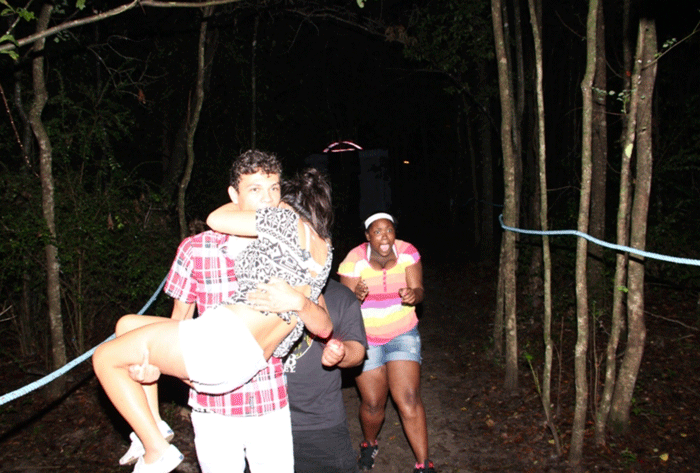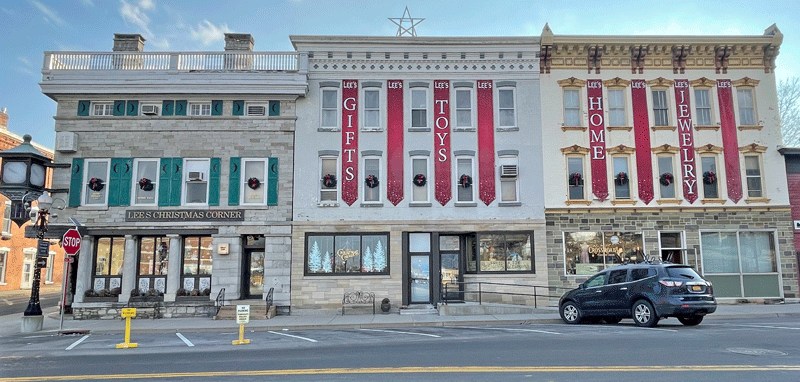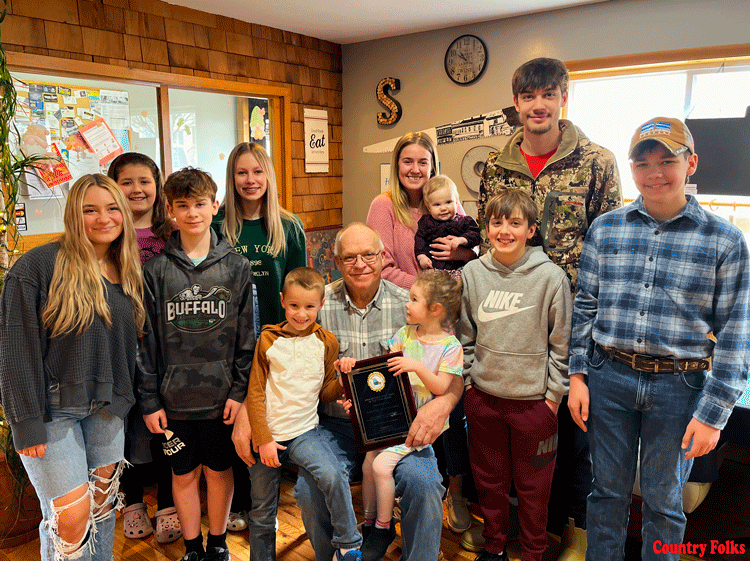It’s getting to be that time again when farmers of a certain mindset gear up for spooky season. Whether it’s your first haunt or your 20th, using this means of expanding your season to visitors takes careful planning and specific considerations. Yes, you can grow crops – but can you also cultivate a great experience?
The experience is the focus for Rich Hanf, founder and operator of Fright Trail, which offers 20 acres of haunted woods in Lafayette, LA – no “haunted house,” just a trek through dark woods with who-knows-what waiting to surprise you. The trail is so popular it’s been featured by MTV Travel and boasts 108,000 followers on Instagram. Although many a would-be haunter thinks doing an outdoor show is an easy way to avoid expenses, there are many challenges to outdoor haunting that puts it in a class all by itself.
Hanf used to be a sports engineer who helped organize fights at Madison Square Garden. His wife, Deborah LeBlanc, writes paranormal novels and is a paranormal investigator. It seems like a match made in some dark, nefarious place when it comes to what Hanf does now.
“It’s something I always wanted to do,” he said of running a haunted attraction. “I grew up as a kid in New Jersey, watching ‘Chiller Theater’ on Saturday nights. I decided I wanted to do something in this genre, give back to the genre that meant so much to me as a kid, and create memories for other people.” And he’s still doing it 50 years later. Before Fright Trail, he aided in setting up sites in Long Island, New Jersey and Texas. (He met his wife at a haunted house in Texas.)
He also helped in establishing the Schmitts Farm Haunt, located in Melville, NY. They offer a daytime walk-through of the haunt and their one-acre haunted corn maze during the day for those who can’t come at night. Their attraction came about in 1994 when brothers Bill and Ferd Schmitt saw a brand new but empty greenhouse after the end of their growing season. To utilize that space come October, they decided they would try haunting – unaware of the passion that first experience would bring out in them.
“We always want it to be fun for our guests,” Bill Schmitt notes on the haunt’s website. “It’s a challenge to keep it fresh and exciting year after year but it’s one of our core beliefs that each year should feel like a brand new experience … Each year we attend the industry-leading trade show to get the latest props and spend the summer designing new rooms and characters.”

Pro haunt tip: Really limit your straightaways. On a long, straight path, with 10 or 12 people in a group, the people in front will ruin the scare for the people in the back, so add a lot of 90º turns. Photo courtesy of Fright Trail
The game has changed a lot in the few decades both Hanf and Schmitt have been at work, though. “It’s not like it was way back when. The codes are so strict,” Hanf said. “If you’re on a farm and doing something outside, that’s great, but it’s going to cost you a boatload of money to get started. The props, the animatronics, the entire electrical systems – everything needs to be inspected” – and don’t forget the staff and talent you need as well.
That said, Hanf believes being outdoors is a great adventure – “there’s nothing quite like it; you can’t recreate that environment.” With his 20 acres of haunted trail, it’s a 40-minute walk, with something planned every 100 feet. It’s a roller coaster of emotions; get scared, then relax a little. He wants to promote fun, not scary.
You need to be dedicated and into the concept of haunting for the long haul. The days of people opening up a haunt and making money right away are long gone. Hanf stated that you’ll likely not even make money until your third year in the game, so be prepared for that.
There are some key factors to consider before taking your haunts outside too. Hanf said before you design your attraction, wait until you get a good, hard rain. That way you can see the areas that are low and flooded and design around them. Really examine your woods; know what animals are in there (as rats love chewing on wire casings).
Really limit your straightaways. On a long, straight path, with 10 or 12 people in a group, the people in front will ruin the scare for the people in the back, so Hanf suggested adding a lot of 90º turns.
“Don’t take things for granted; every year is a little different,” he continued. “Farmers are familiar with that concept. But you can look for patterns and try to recreate things you’re pretty sure work.”
When it comes to safety and doing things right, work closely with your town (government officials and inspectors and the fire and police departments). “Reach out early to interact with all the people you need to interact with,” Hanf said. “Do it right, do it once, do it legally. Their perspective is invaluable.”
And, of course, to draw people in, consider your advertising strategy. “I say under-promise and over-deliver,” Hanf said. “If you have a small, outdoor show and you know it’s gonna take people eight minutes to go through, don’t say you’re a scream park. And that has to do with pricing as well.”
With promotion, you also have to be willing to let go of the past. “Don’t just rely on the newspaper – utilize Instagram and TikTok,” he said. “We got 200 million views [on TikTok] last year. The possibility of becoming a social media star drives today’s youth. Know your market to advertise effectively.”
Halloween and haunt attractions are just another slice of the agritourism pie, and Hanf believes agritourism has always been at the top of the heap – families can visit farms during the day, buy cornstalks and pumpkins, go on a hay ride and enjoy a really good day – and then possibly stay later to get a good scare.
“The promise of a good event keeps people’s spirits up,” he said. But, to make it work, he added, “In short, you have to be great at everything.”
Check out the Fright Trail at frighttrail.com and Schmitts Farm Haunt at schmittsfarmhaunt.com.
by Courtney Llewellyn











Leave A Comment